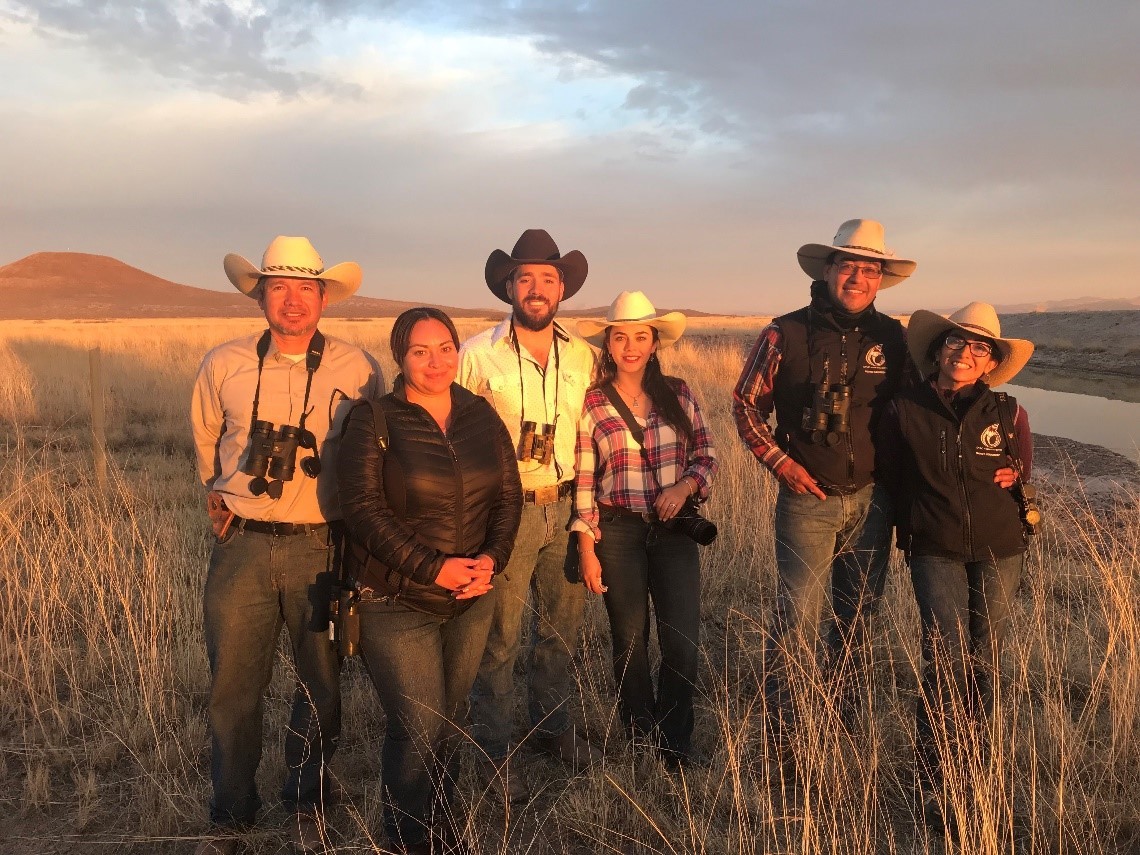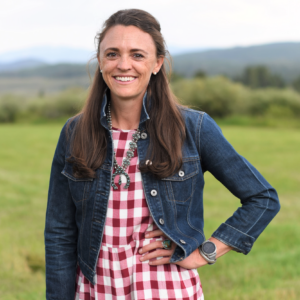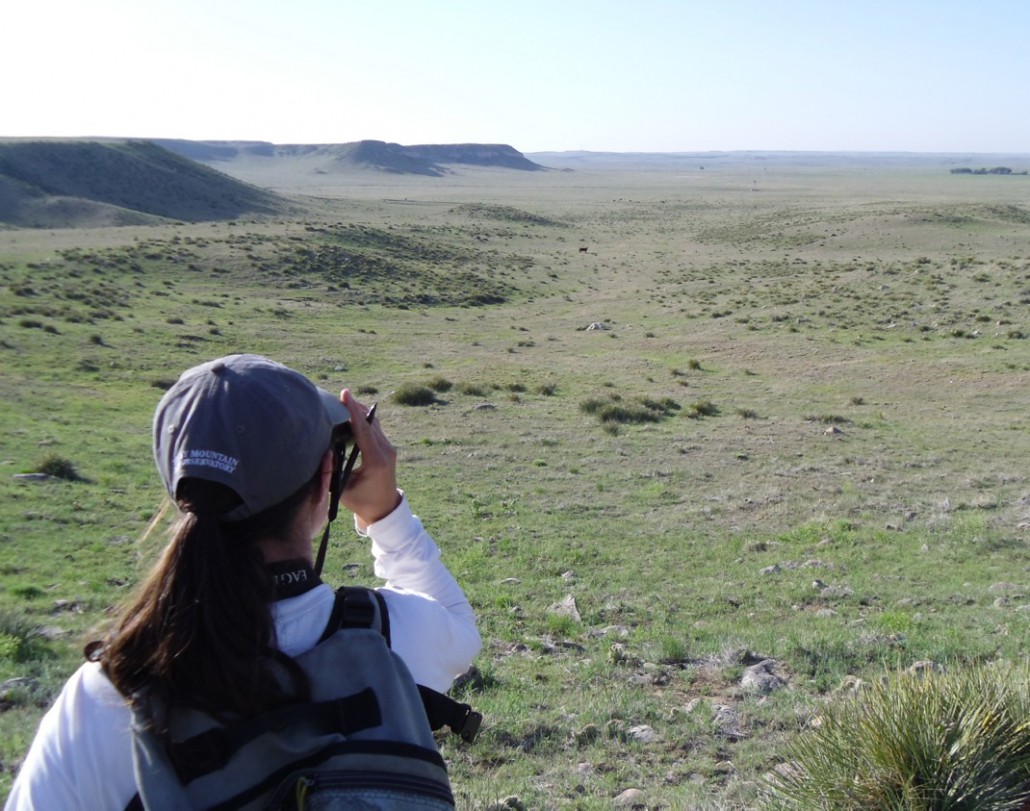What are the Central Grasslands?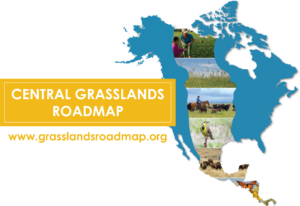
The Central Grasslands span over 700 million acres across Sovereign Indigenous Nation Lands, Canada, the United States and Mexico. As one of North America’s largest and most vital ecosystems, the Central Grasslands support critical environmental functions including water supply, soil health, carbon sequestration, and biodiversity and are also essential for agriculture, food security and supporting rural communities and diverse cultures
For example, healthy grasslands filter sediment, nutrients, and bacteria that end up in waterways, threatening aquatic life and contaminating our drinking water. Grasslands are the lungs of our nation, and work to improve air quality and help mitigate the effects of climate change by storing carbon in the soil, while increasing resilience against drought, fire and wind erosion. Healthy grasslands also provide vital habitat for wildlife including grazing animals like bison, pronghorn and livestock.


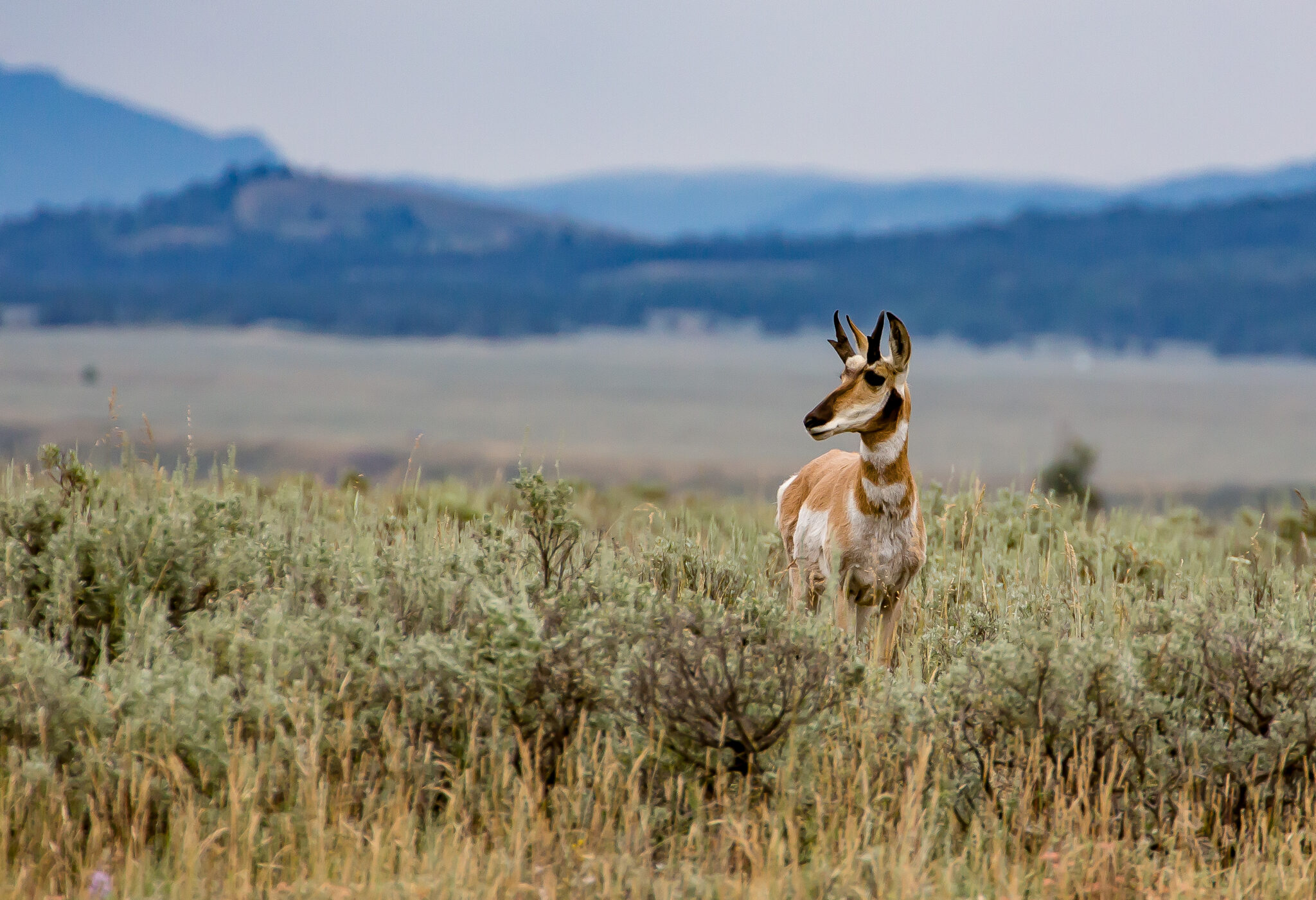
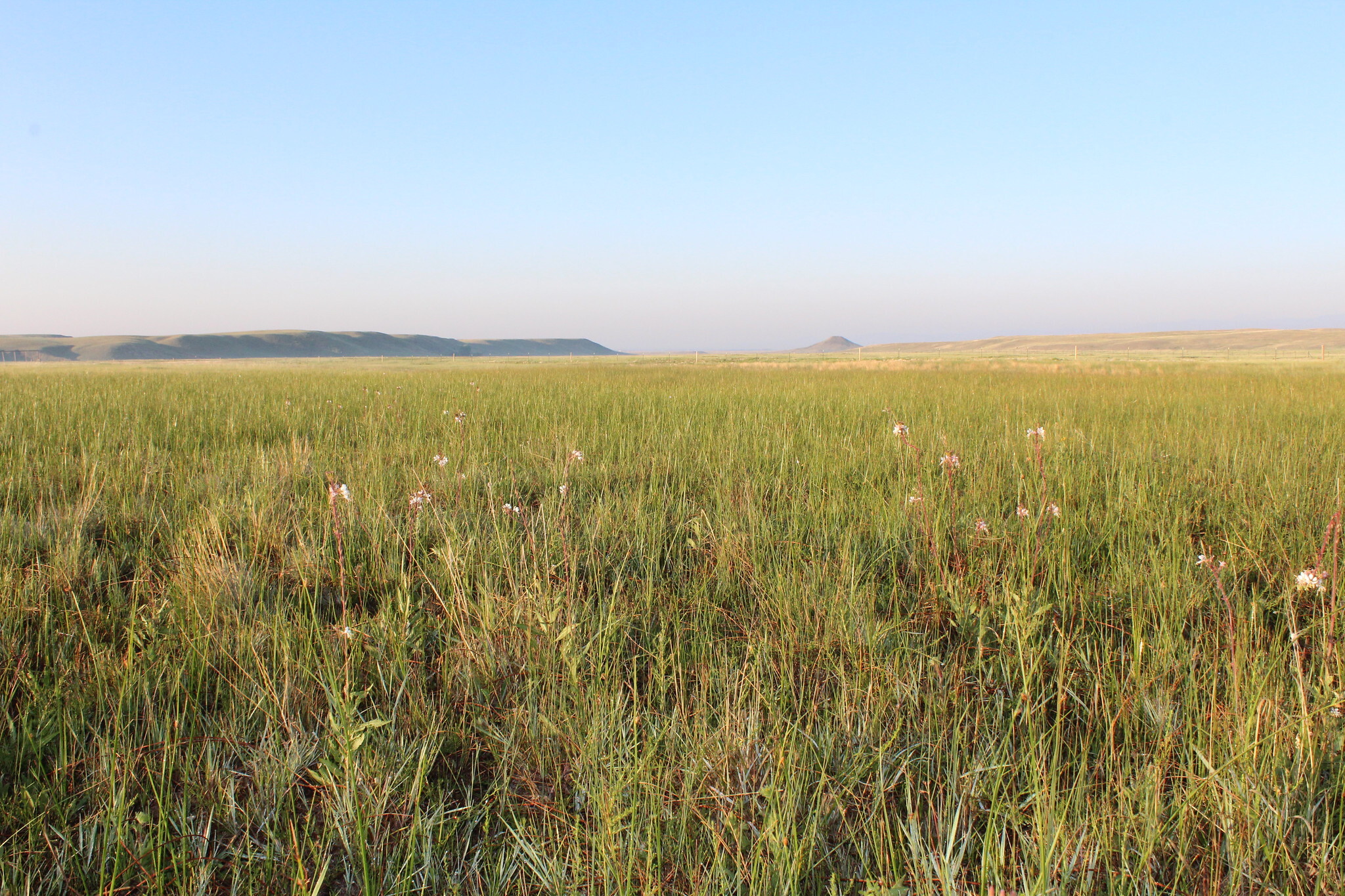
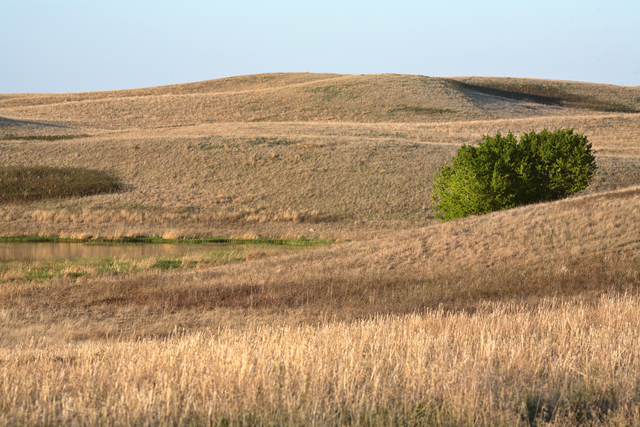
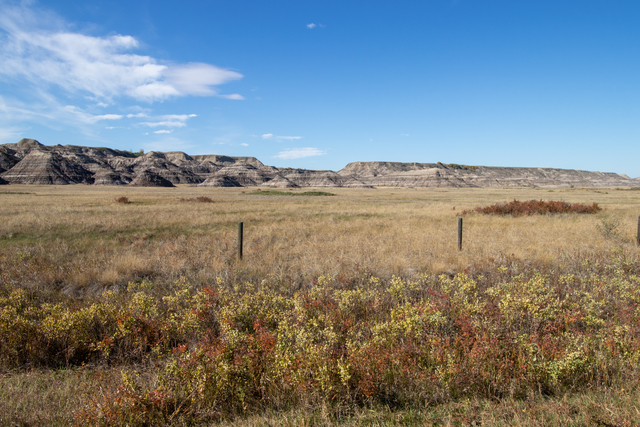
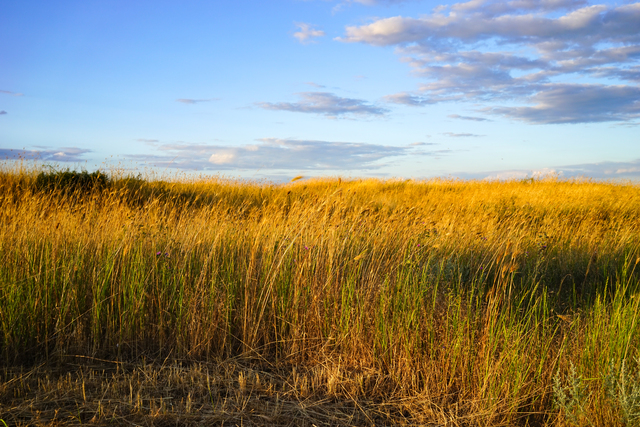
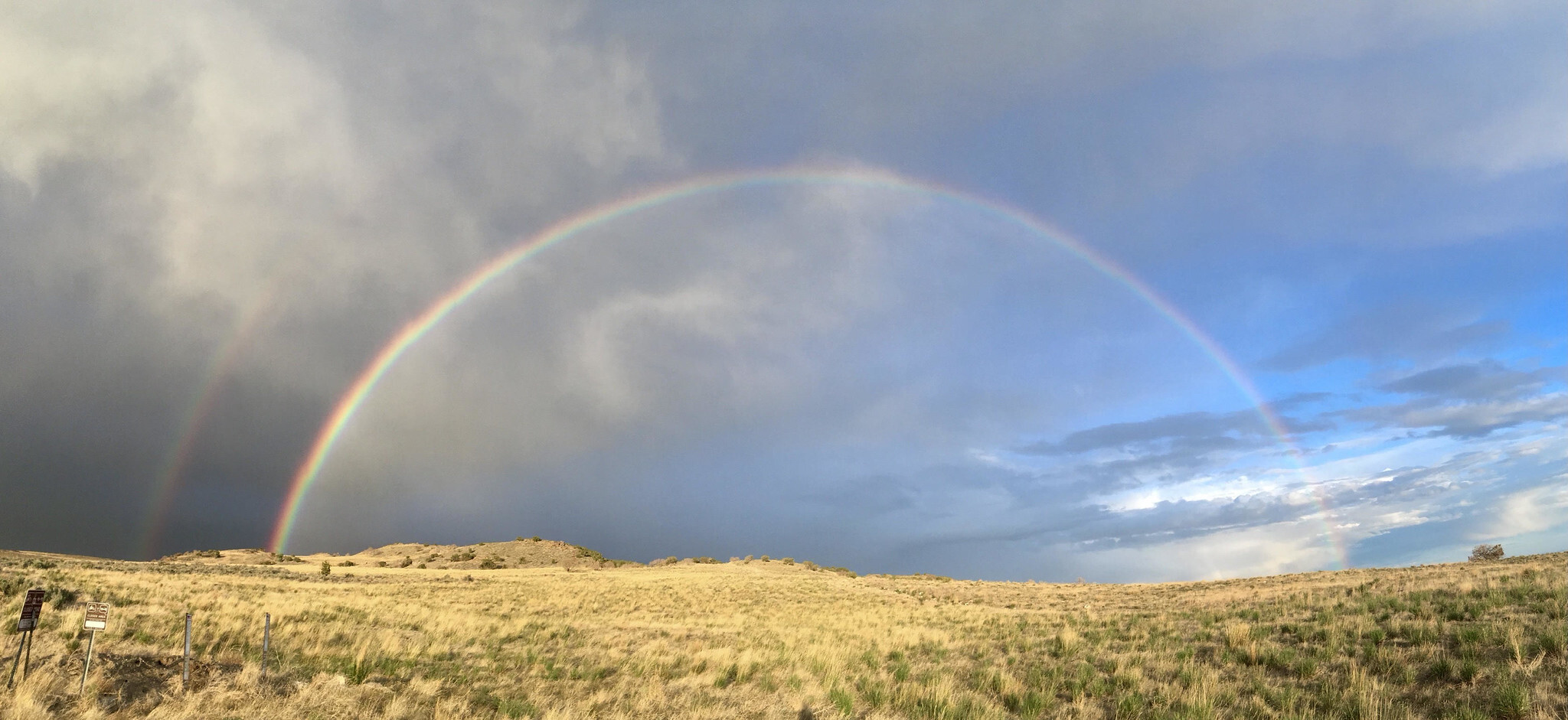
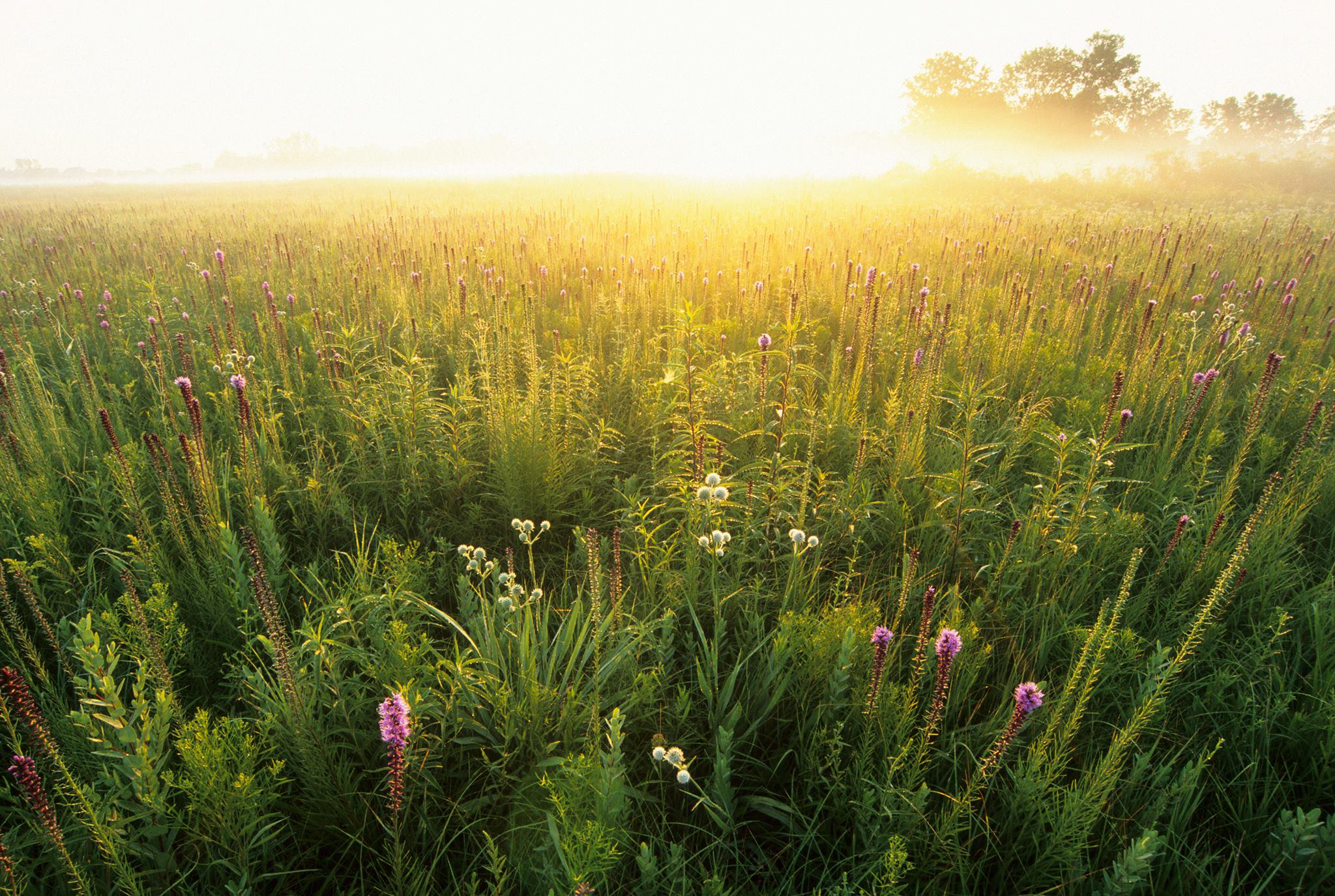
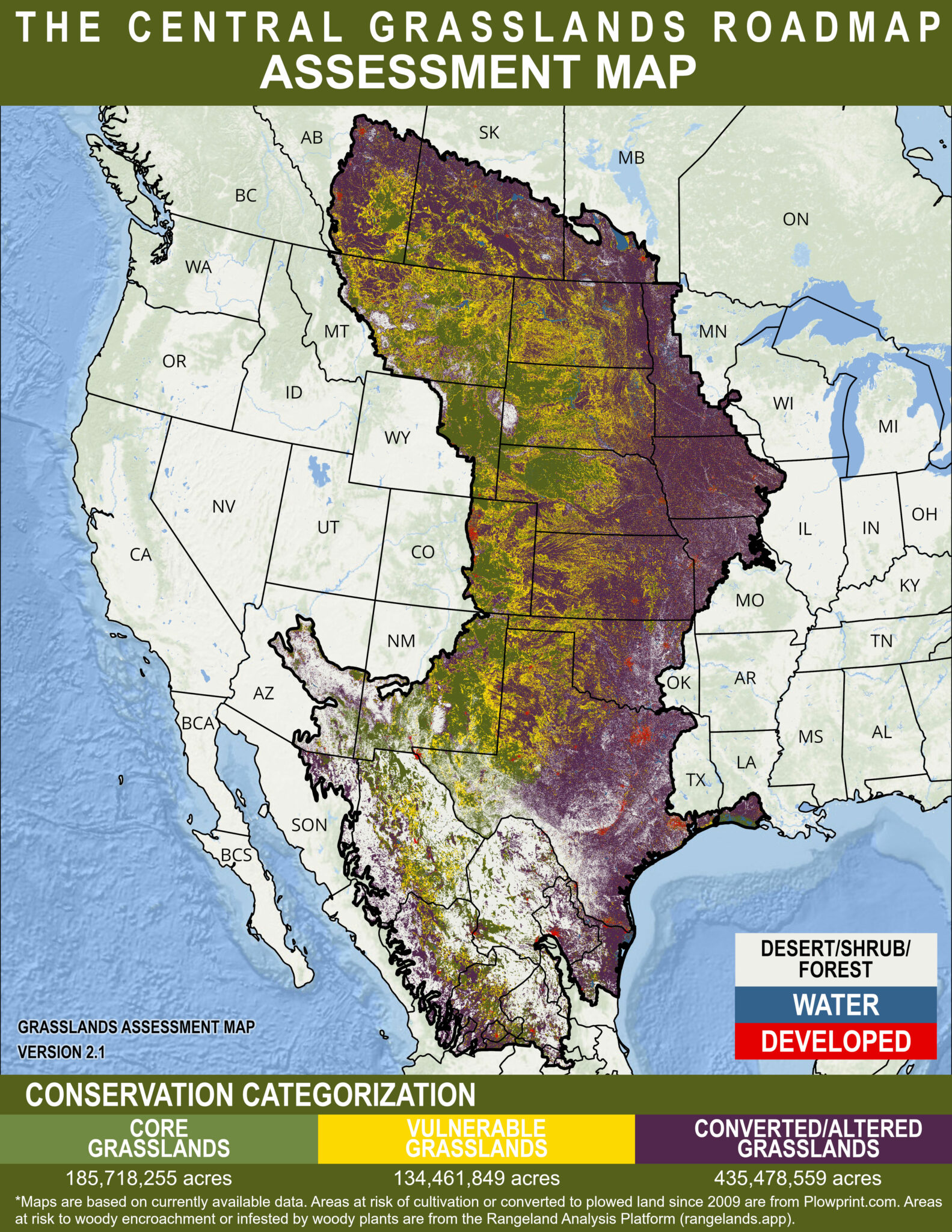
 grasslands, grassland birds, pollinators and mammals. The Roadmap also works to ensure viable human communities across the landscape of one of North America’s most biogeographically unique areas.
grasslands, grassland birds, pollinators and mammals. The Roadmap also works to ensure viable human communities across the landscape of one of North America’s most biogeographically unique areas. 